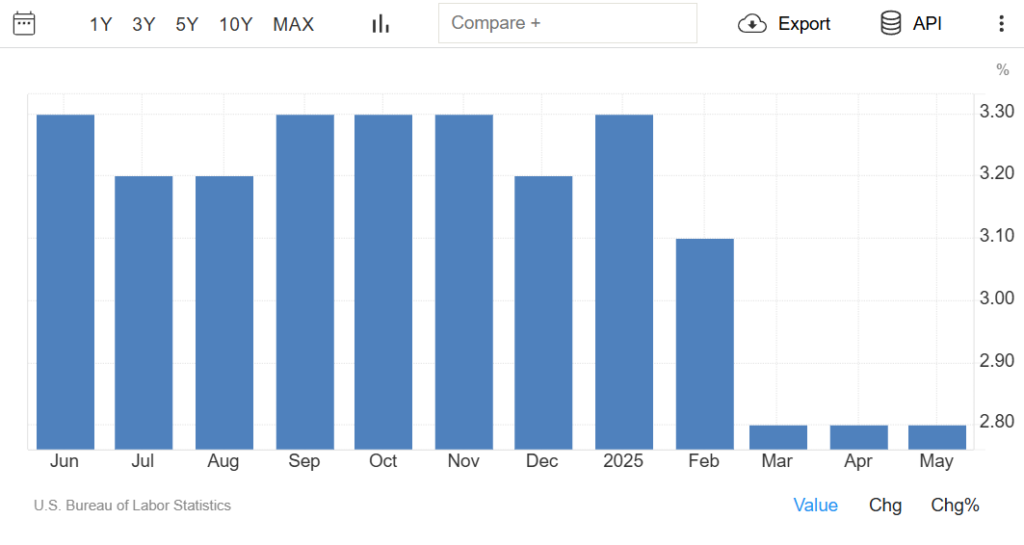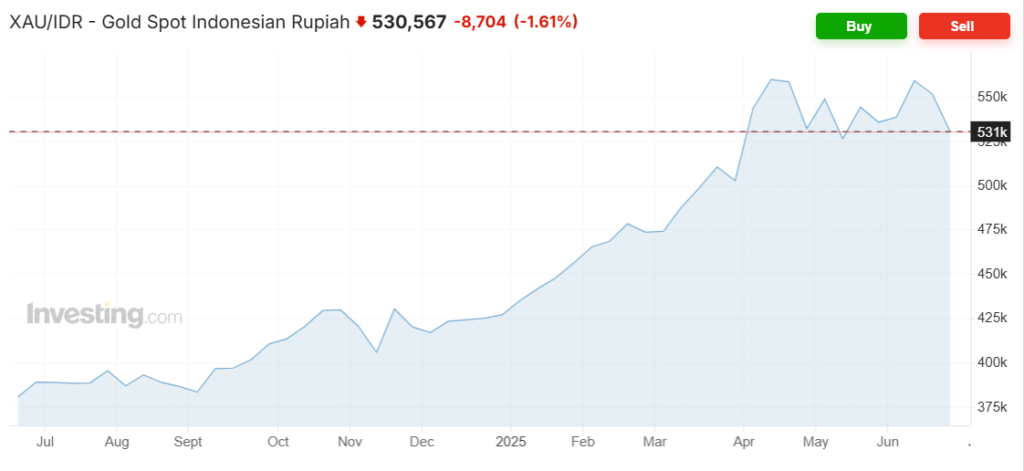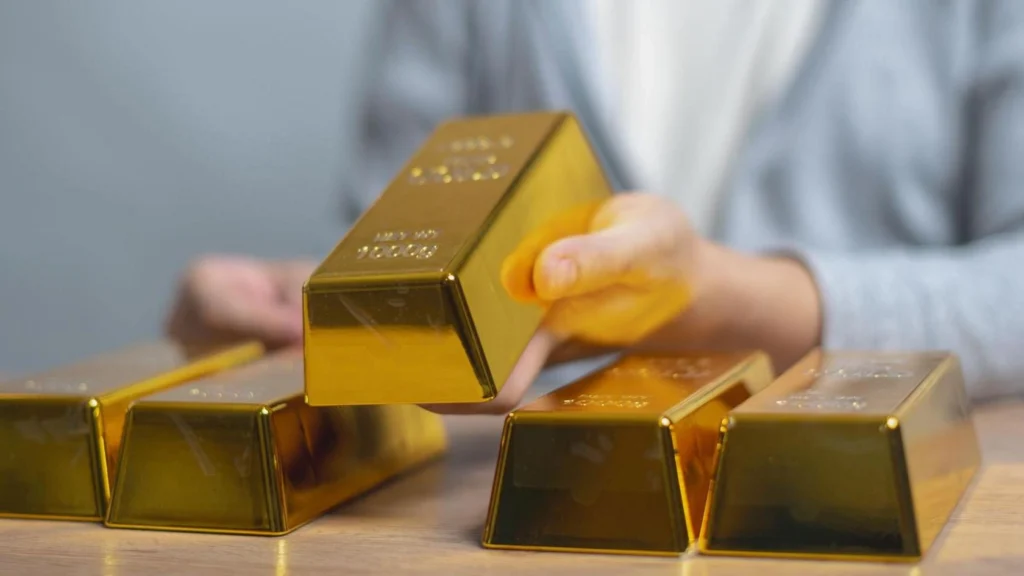Navigating the XAU IDR Trading Strategy: What Indonesian Traders Need to Know
What is XAU/IDR, and why do traders in Indonesia follow it?
XAU IDR trading strategy: XAU/IDR refers to the exchange rate between gold (denoted by XAU) and the Indonesian Rupiah (IDR). This pair allows traders to measure the value of gold in terms of the local currency, making it a relevant instrument for those concerned about inflation or currency volatility in Indonesia. For many local investors, XAU/IDR serves as a hedge during uncertain times — whether due to global economic shifts or domestic financial pressure. It links two powerful forces: the global status of gold and the economic heartbeat of Indonesia.
What makes XAU IDR trading strategy different from trading other pairs?

The XAU IDR trading strategy is shaped by several unique traits. Compared to major forex pairs, XAU/IDR often sees lower liquidity and wider spreads, which can make trading more expensive. Timing also plays a bigger role — gold responds to global headlines, whereas IDR is more sensitive to regional news, such as Bank Indonesia rate decisions or political updates. One more consideration is the weekend gap. Gold markets typically close over the weekend, and prices can jump when they reopen, catching traders off guard if not managed properly. An effective strategy blends global awareness with local insight.
What are the most common strategies for XAU/IDR trading?

Source: TradingEconomics
Among Indonesian traders, strategies often revolve around price action and timing. During periods of high volatility, breakout strategies become popular. These involve waiting for gold to move decisively beyond a support or resistance level — often triggered by events like U.S. inflation data or local policy shifts. In calmer periods, range trading is used to capture profit within a defined price corridor, common during overlapping Asian and early European trading hours. Momentum strategies also feature, where traders follow the trend based on broader inflation concerns or USD movement. Some more experienced traders use XAU/IDR for hedging, protecting their Rupiah-based assets when the currency weakens by increasing their exposure to gold.
When is the best time to trade XAU/IDR in the Indonesian market?

Source: Investing.com
While the global gold market is active nearly 24 hours a day, liquidity peaks during specific sessions. For Indonesian traders, the most active periods are during the London session (around 3 PM to 11 PM WIB) and the New York session (8 PM to 4 AM WIB). These hours align with high market participation and news releases. That said, the Asian session — particularly between 8 AM and 10 AM WIB — offers early cues based on regional news or sentiment around the IDR. Observing price behavior during these times helps build a more responsive and locally relevant strategy.
How do Indonesian traders manage risk when trading XAU/IDR?

Risk management in XAU/IDR trading is non-negotiable. Gold’s sensitivity to news can lead to abrupt price swings, and the lower liquidity of the IDR can magnify those moves. Indonesian traders often set strict stop-loss orders based on technical levels to cap losses. Position sizing is equally important — limiting exposure so that each trade risks no more than a small percentage of the total account helps maintain longevity. Leverage is used sparingly, especially during events like U.S. Fed announcements or local fiscal news. Monitoring developments such as fuel subsidies or Bank Indonesia’s monetary policy can also help mitigate unexpected risks.
Is XAU/IDR trading suitable for beginners?
While XAU/IDR can be traded by beginners, it requires a measured approach. Many newer traders are drawn to gold’s perceived safety, but volatility remains a reality. For those exploring an XAU/IDR forex strategy for beginners, starting with longer-term charts can be helpful. Focusing on understanding support and resistance zones, as well as using simple indicators like RSI or MACD, provides structure. Avoiding trade setups during unpredictable periods — such as geopolitical tensions — also reduces risk. Demo trading accounts and micro-lot sizes are often used to gain familiarity with how XAU/IDR behaves in live conditions without high capital exposure.
How do XAU/IDR trading signals work for Indonesians?
For Indonesian traders, XAU/IDR trading signals typically come from two angles. First, there are technical signals — such as moving average crossovers, Fibonacci retracements, or candlestick formations. These are often used to time entries and exits. Second, there are fundamental signals. For example, when the U.S. issues inflation data, or when Indonesia announces new economic policy, the gold-Rupiah pair often reacts. Some traders use automated alert systems, while others customize their watchlists around both international news and domestic developments. Contextualizing the signals in relation to the local economy gives them more weight and clarity.
What tools or platforms are commonly used?

Indonesian traders often use Forex Indonesia platforms (here) that provide access to precious metals and currency pairs, including XAU/IDR. Key features include live charting tools, mobile apps for flexible trading, and account interfaces that show balances in Rupiah. Some platforms also offer news feeds that cover both international market trends and updates from Bank Indonesia. A growing number of traders are also turning to apps that support invest emas (gold investment) functions, with some platforms offering Sharia-compliant accounts as well.
Conclusion: Is a XAU IDR Trading Strategy Worth It for Indonesians?
Yes — for those who approach it with care and a clear plan. A thoughtful XAU IDR trading strategy gives Indonesian traders a meaningful way to engage with global markets while staying rooted in their local currency context. Whether you’re hedging against inflation or testing the waters of forex with a gold twist, the XAU/IDR pair presents opportunities — but only if paired with discipline, awareness, and continuous learning.




